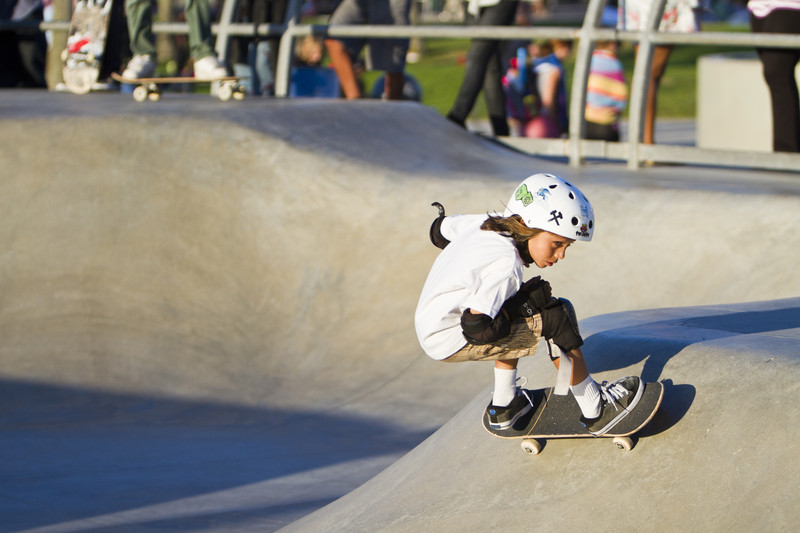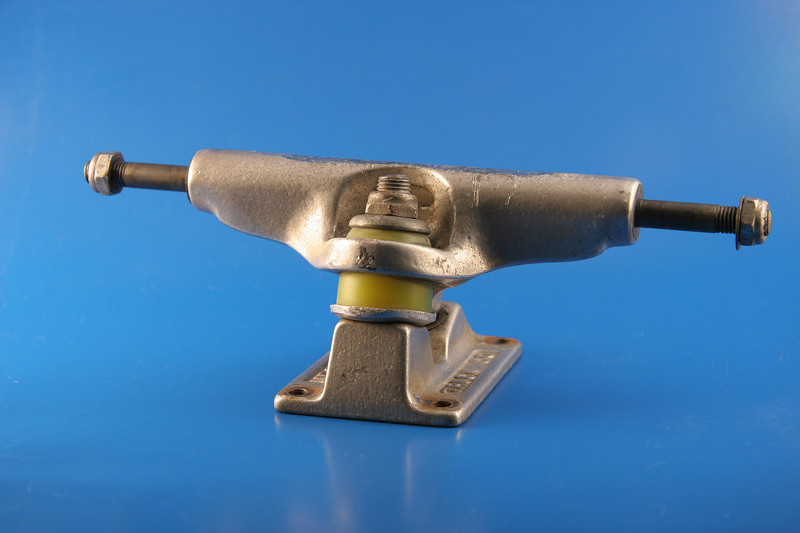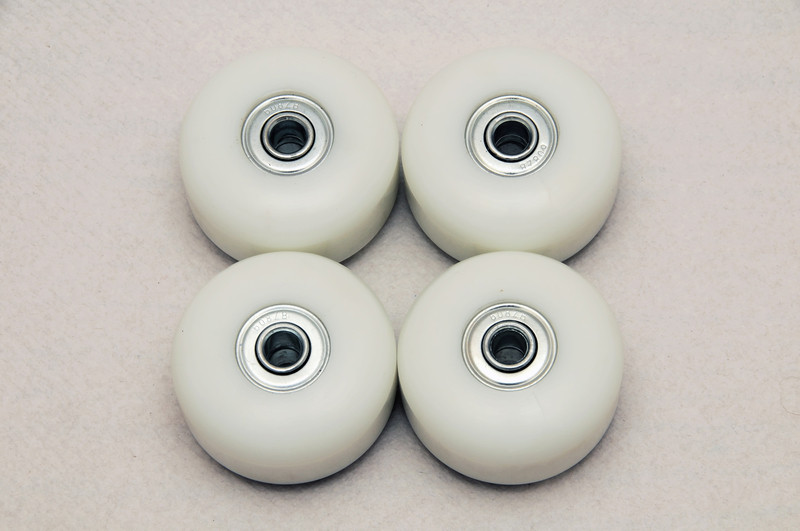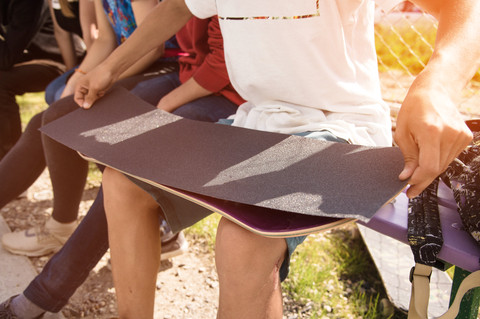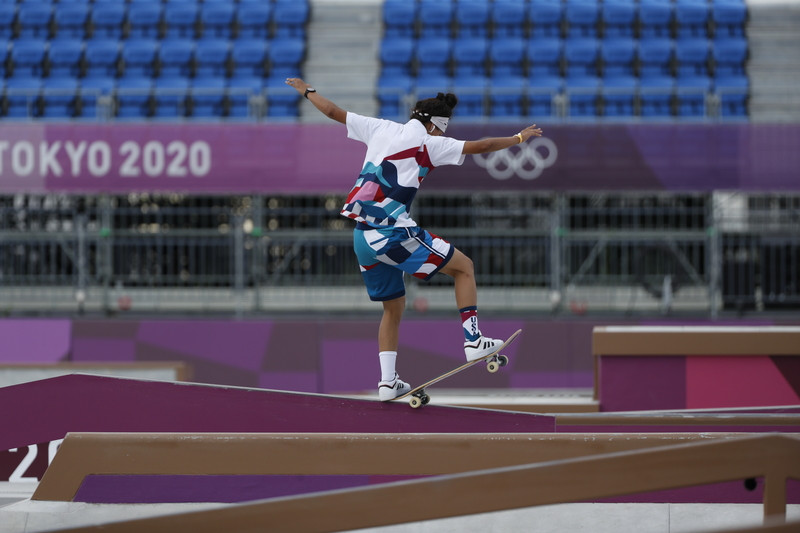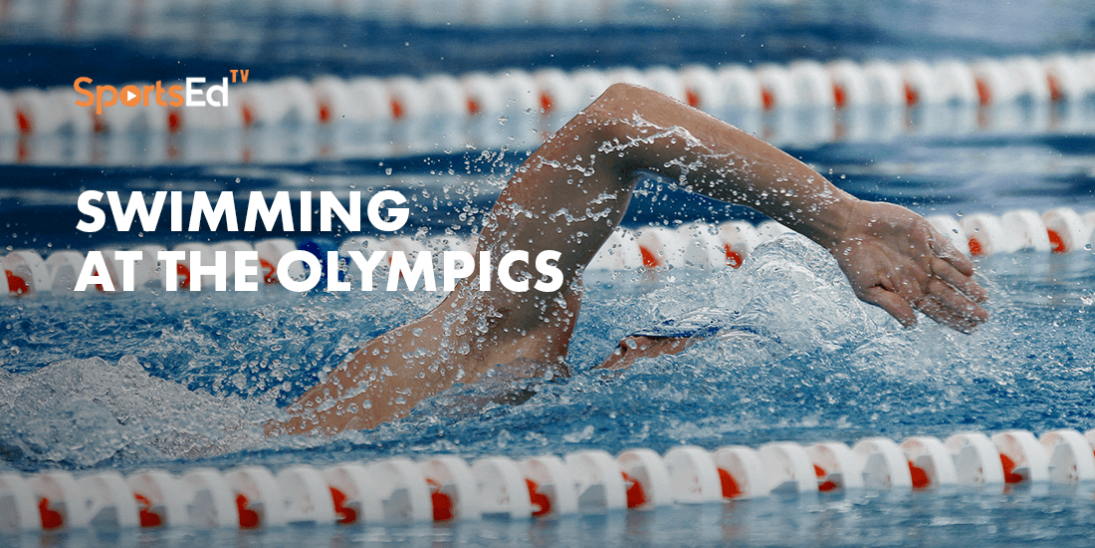Skateboarding, Summer Olympics
Welcome and thanks for visiting...

Skateboarding in the Olympics
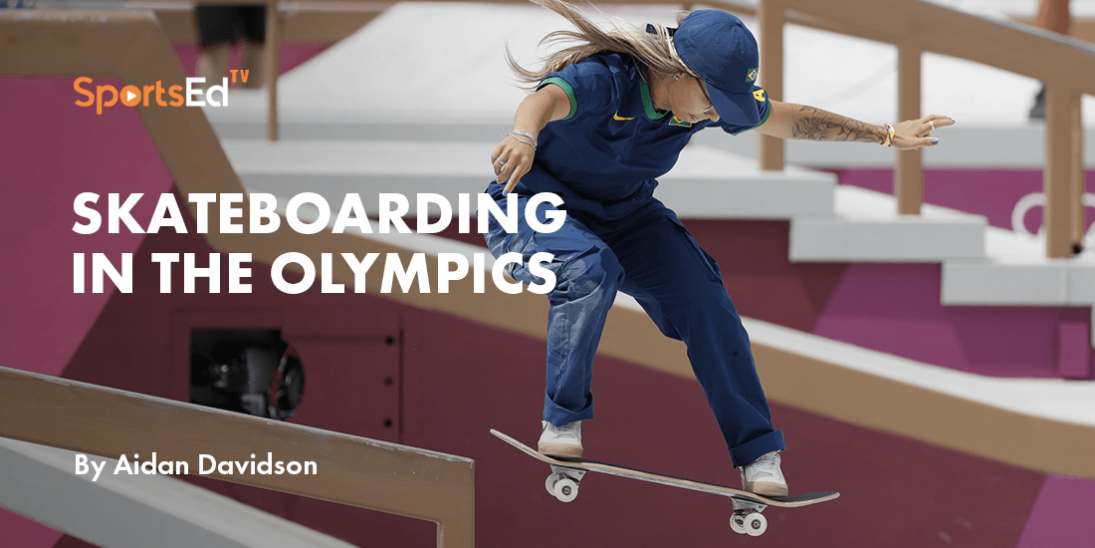
When oceans lay quiet, surfers lay restless, and in the capitals of shooting the curl during the mid-twentieth century, asphalt surfing—skateboarding—was born.
In California and Hawaii, skateboarding became the adrenaline fix to surfing habits laid low by Mother Nature.
Today, what was a parenting scourge—skinned knees and bruised elbows—has matured to a whopping 8.8 million skateboarders in America above the age of six, according to the latest available surveys, which also say the skateboard market represents $3.22 billion there.
Worldwide skateboarding figures run from 40 to 85 million, depending on the source.
It’s no surprise then that in 2020, skateboarding was added to the Olympic Games.
The decision to include skateboarding as a competition in the Olympics was influenced by several factors, reflecting the sport's growing popularity, cultural significance, and potential to attract a younger audience to the Games. Here are some key reasons behind this landmark decision:
Global Appeal
Skateboarding has evolved from a niche activity to a global phenomenon, transcending geographical and cultural boundaries. Its popularity spans across continents, with millions of enthusiasts participating in the sport worldwide. By including skateboarding in the Olympics, the International Olympic Committee (IOC) sought to embrace a sport that resonates with diverse communities and reflects the evolving interests of younger generations.
Youth Engagement
The Olympics continually seek to engage younger audiences and attract new demographics to the Games. Skateboarding's vibrant culture, creativity, and rebellious spirit appeal strongly to youth culture, making it an ideal addition to the Olympic program. By incorporating skateboarding, the Olympics aimed to capture the enthusiasm of young athletes and spectators, ensuring the long-term relevance and sustainability of the Games.
Cultural Significance
Skateboarding is not just a sport; it's a lifestyle and cultural phenomenon with deep roots in music, art, fashion, and street culture. Its inclusion in the Olympics acknowledges the cultural significance of skateboarding and recognizes its impact on mainstream culture. By providing a platform for skateboarders to showcase their talent and creativity on the world stage, the Olympics celebrate skateboarding as a legitimate and respected sport.
Athleticism and Skill
Despite its origins as a recreational activity, skateboarding requires a high level of athleticism, skill, and dedication. Athletes must possess exceptional balance, coordination, and agility to perform complex maneuvers and tricks on varying terrain. By featuring skateboarding in the Olympics, the IOC acknowledges the athletic prowess of skateboarders and elevates the sport to the same level of recognition as traditional Olympic disciplines.
Youthful and Dynamic Image
The inclusion of skateboarding aligns with the IOC's efforts to modernize and rejuvenate the Olympic Games, appealing to a younger and more diverse audience. Skateboarding's dynamic and visually captivating nature adds excitement and energy to the Olympic program, enhancing the overall spectator experience and revitalizing the Games for future generations.
Overall, the decision to include skateboarding in the Olympics reflects a desire to embrace new and innovative sports that resonate with contemporary audiences while honoring the rich cultural heritage and athleticism of the athletes involved. By embracing skateboarding, the Olympics embrace diversity, creativity, and the spirit of youth, ensuring the continued relevance and vitality of the Games in the modern era.
Skateboarding's journey to the Olympics is a testament to its evolution from a pastime to a recognized sport. The inclusion of skateboarding in the Olympics was officially confirmed in 2016 by the International Olympic Committee (IOC) for the Tokyo 2020 Games. This decision marked a significant milestone, reflecting the growing popularity and cultural impact of skateboarding worldwide.
Skateboarding Rules and Competitions in the Olympics
Skateboarding competitions in the Olympics adhere to strict rules to ensure fairness and safety for all athletes. While the specific rules may vary slightly depending on the event format, there are some fundamental principles:
Scoring
Judges evaluate skateboarders based on various criteria, including difficulty, execution, originality, style, and use of the course.
Runs and Tricks
Competitors typically have a set time to perform a series of runs or tricks, showcasing their versatility and skill across different obstacles such as rails, ramps, and stairs.
Safety Gear
Athletes are required to wear helmets and other protective gear during competitions to minimize the risk of injury.
Skateboard Parts
Skateboarding competitions in the Olympics adhere to strict rules not only regarding the performance of athletes but also regarding the equipment they use. The skateboard itself plays a crucial role in determining an athlete's performance, and there are specific guidelines regarding its construction and components.
It's important to note that while skateboarders have some flexibility in customizing their equipment to suit their preferences and riding style, certain modifications may be prohibited in Olympic competitions. Athletes must adhere to equipment regulations set forth by the International Olympic Committee (IOC) and World Skate to ensure fairness and safety for all competitors. Any deviations from these rules could result in penalties or disqualification from the event. By maintaining standardized equipment guidelines, Olympic skateboarding competitions uphold the integrity and spirit of the sport while showcasing the incredible skill and creativity of its athletes on the world stage.
Deck
The deck is the main part of the skateboard, typically made of wood, though other materials such as carbon fiber may also be used. It should provide a stable platform for performing tricks while maintaining a level of flexibility and durability.
Trucks
Trucks are the metal T-shaped components mounted underneath the deck, connecting the wheels to the board. They are essential for steering and stability. The width of the trucks should match the width of the deck for optimal performance. Athletes may choose trucks made of aluminum or other durable metals, ensuring they can withstand the impact of tricks and maneuvers.
Wheels
Skateboard wheels are typically made of polyurethane and come in various sizes and hardness levels. For Olympic competitions, wheels must meet specific diameter and durometer (hardness) requirements to ensure consistency and fairness across all athletes. Riders may select wheels based on their preferred terrain and riding style, whether it be street or park.
Bearings
Bearings are small metal components that fit inside the wheels, allowing them to spin freely. High-quality bearings are essential for achieving maximum speed and smoothness during tricks and maneuvers. Athletes may choose bearings based on their desired performance characteristics, such as speed, durability, and resistance to debris.

Grip Tape
Grip tape is a coarse, sandpaper-like material applied to the top surface of the deck to provide traction for the rider's feet. It must adhere securely to the deck and be free of any defects or inconsistencies that could affect the athlete's grip and stability while performing tricks.
It's important to note that while skateboarders have some flexibility in customizing their equipment to suit their preferences and riding style, certain modifications may be prohibited in Olympic competitions. Athletes must adhere to equipment regulations set forth by the International Olympic Committee (IOC) and World Skate to ensure fairness and safety for all competitors. Any deviations from these rules could result in penalties or disqualification from the event. By maintaining standardized equipment guidelines, Olympic skateboarding competitions uphold the integrity and spirit of the sport while showcasing the incredible skill and creativity of its athletes on the world stage.
Skateboarding Competition Formats
Skateboarding competitions in the Olympics feature different formats to highlight the diverse aspects of the sport. Two primary disciplines are included:
Street
In street skateboarding, athletes navigate urban-inspired courses featuring stairs, rails, curbs, and other obstacles. They perform tricks and maneuvers that simulate street skating.
Park
Park skateboarding takes place in a bowl or ramp-filled course, allowing athletes to showcase their aerial maneuvers, spins, and technical skills in a fluid and dynamic environment.
Each discipline consists of preliminary rounds followed by finals, where the top performers compete for medals based on their overall scores.
Qualifying for Olympic Skateboarding
Qualifying for the Olympics in skateboarding is a rigorous process that involves a combination of performances in designated events and rankings in the World Skateboarding Rankings (WSR). Athletes accrue points based on their placements in qualifying events sanctioned by World Skate, the international governing body for skateboarding. These events include world championships, international competitions, and qualifying tours.
For both men and women, the top-ranking skateboarders in each discipline earn coveted spots to represent their countries at the Olympics. National Olympic Committees (NOCs) then select their respective teams based on these rankings, ensuring a diverse and competitive field of athletes.
Men's and Women's Skateboarding Differences
While men's and women's skateboarding share many similarities, there are nuanced differences in the way competitions are structured and judged. Historically, men's skateboarding has received more attention and investment, resulting in disparities in participation and representation. However, with the inclusion of women's skateboarding in the Olympics, efforts are being made to promote gender equality and provide equal opportunities for all athletes.
In terms of competition formats, men and women compete separately in their respective categories (street and park). Judges assess performances based on the same criteria, regardless of gender, emphasizing skill, creativity, and style.
Moreover, qualifying pathways for men and women are identical, with athletes earning their spots through a combination of event performances and rankings in the WSR.
Skateboarding's addition to the Summer Olympics marked a significant milestone for the sport, highlighting its evolution from a subculture to a global phenomenon. With its rich history, unique rules, diverse competition formats, and stringent qualifying criteria, skateboarding promises to captivate audiences and inspire a new generation of athletes.



